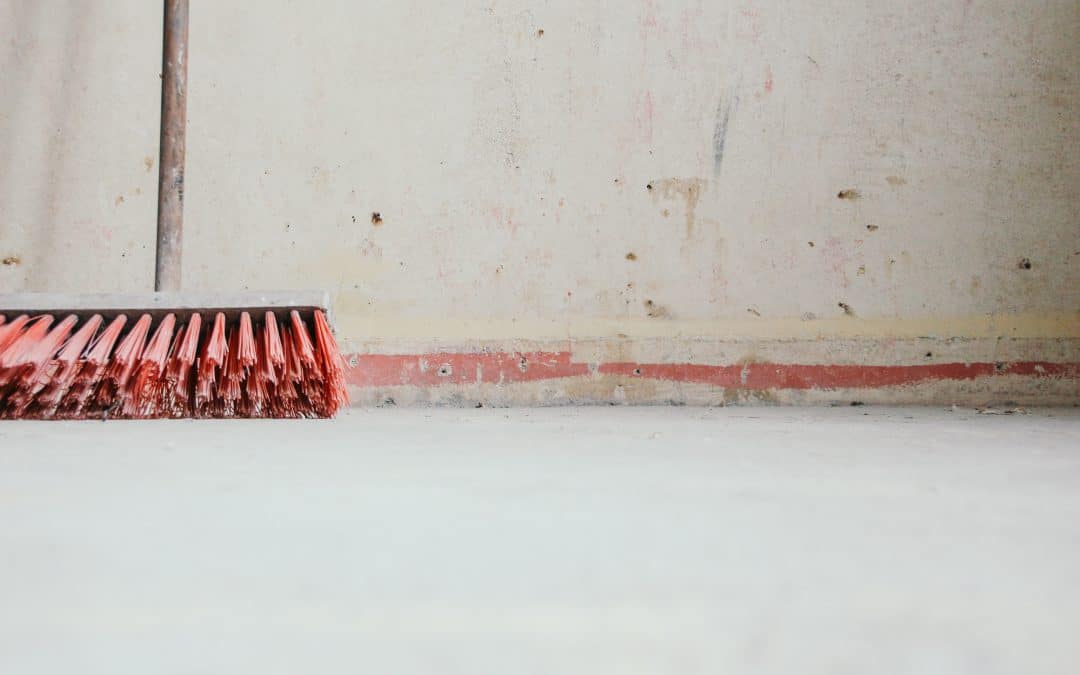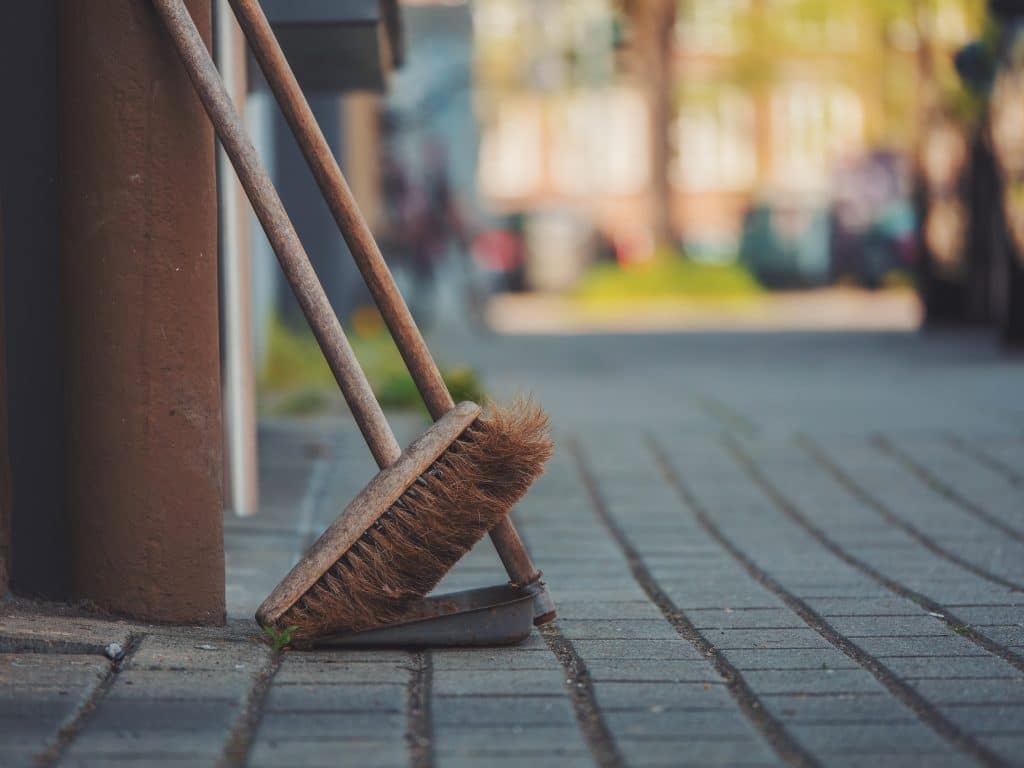Reduce your risk of fines and other citations by following these janitorial safety tips.
Custodial work may not seem particularly hazardous, and it’s usually not. But every now and then, especially on certain work sites, safety issues can present themselves in unexpected ways. And not only does safety become a factor, but finances as well. Any negligent work, even if it doesn’t lead to an injury, can be cause for a citation.
Those citations aren’t just a file of unflattering paperwork, either. As it relates to the Occupational Safety and Health Administration (OSHA), citations can range from over $13,000 for a serious violation to more than $132,000 for “willful or repeated” violations. Oh, and that’s per violation. These are definitely some janitorial safety tips and standards you’ll want to follow.
Improve communication and more with Janitorial Manager. Sign up today for a free demo to learn what it can do for you!
Janitorial safety tips you don’t want to skip
1. Use personal protective equipment
Perhaps the most important of janitorial safety tips is to use personal protective equipment (PPE) on any job site. If you’re working in an office building, you may only need to wear gloves, but if you’re working in a healthcare facility or construction site, you may need other equipment, such as a surgical mask or hard hat. PPE helps to protect you against the very germs you’ve been hired to clean, and when you use this equipment, you’re in compliance with OSHA standards.
2. Adhere to the bloodborne pathogen standard
While not all janitorial jobs come with the risk of bodily fluid contact, the ones that do are required to follow a standard set by OSHA called the Bloodborne Pathogen Standard. This policy outlines the safest way to handle blood, whether it be mopping it off the floor or disposing of a used hypodermic needle. If your team works in a facility where they may come into contact with blood, the standard is a required training. Failure to provide or participate in the training may result in OSHA citations.
3. Warn of a wet floor
This one seems easy, but forgetting to put up a sign on a slippery floor is dangerous and can lead to serious slip-and-fall injuries or even death. Make sure that this is on your list of janitorial safety tips and that your team puts it into practice every time they’ve mopped a floor. Remember that the sign should be in a conspicuous place and visible before a person has already stepped on the wet floor. When necessary, use multiple signs.
4. Communicate hazards
In addition to slippery floors, anything that may be considered a hazard should be noted and communicated to anyone who may be in the immediate vicinity. From broken glass to sharp objects to asbestos, there are a variety of dangers that can either be present on or result from a cleaning job. Communicate the risks to everyone around so that no one gets hurt.
5. Train to use heavy electrical equipment
Whether it’s an industrial vacuum cleaner or a floor buffer, the electrical tools janitors use can be unsafe if they’re misused. Make sure your team understands how to operate any heavy machinery safely. Mechanical accidents cause more injuries than they should, so keep machine caution on your list of janitorial safety tips.
6. Dilute chemicals properly
Make sure your team correctly dilutes any chemicals they use to clean. This is especially important in places like hospitals, where potent disinfectants are used to wipe things down and clean the floors. Simply inhaling the fumes of non-diluted chemicals can be enough to cause illness or worse. Encourage your team to always read product labels and know which chemicals should be mixed and how.
7. Handle hazardous waste safely
If your job site includes hazardous waste, handle and dispose of it properly to avoid any citations or fines. PPE becomes especially crucial in these instances, so make sure to cover up before anyone touches anything.
As far as disposal goes, most states have their standards for how to get rid of hazardous waste, like bodily fluids and dangerous chemicals, so make sure to check with your state first before simply going by the OSHA standard.
Protip: In many states, the Department of Transportation is the governing body of removal of hazardous waste from a job site. Be sure to check with them as well as any federal or state health administrations.
8. Ensure mechanical integrity
To go along with using caution when operating heavy machinery, perform regular checks on cleaning equipment to ensure that it’s all in proper working order. Remember, OSHA can come on the job at any time to inspect your work and equipment, and if your machinery isn’t in top shape, they may fine you. The simple fix is to examine all machinery before starting a job and confirming that it’s safe to use.
9. Prevent falls
It may not happen often, but there are times when your crew will surely have to clean a hard-to-reach place, such as an air duct or a light fixture. To do so, they’ll likely need to use a ladder or scaffolding. Be sure that either piece of equipment is set up correctly. Ladders can tip over, and scaffolding can collapse. Even a single screw missing could become a problem. For both the sake of safety and to avoid OSHA citations, check any equipment designed to help reach high places and so you’ll know for sure it’s in good working order.
10. Keep training up to date
The best way to avoid OSHA fines (and to keep you and your team safe) is to stay updated on training. Employees should be trained at least yearly, even if they are refresher courses, so that the information remains top of mind when workers are out in the field. Training throughout the year is also encouraged, especially when new rules or regulations spring up. The ultimate concern, of course, is everyone’s safety, but after that, the last thing a cleaning business needs is OSHA citations, which not only can cost money, but they can hurt your company’s reputation.
Get more done with less hassle using Janitorial Manager. Schedule a free demo today and learn about all the great features!


